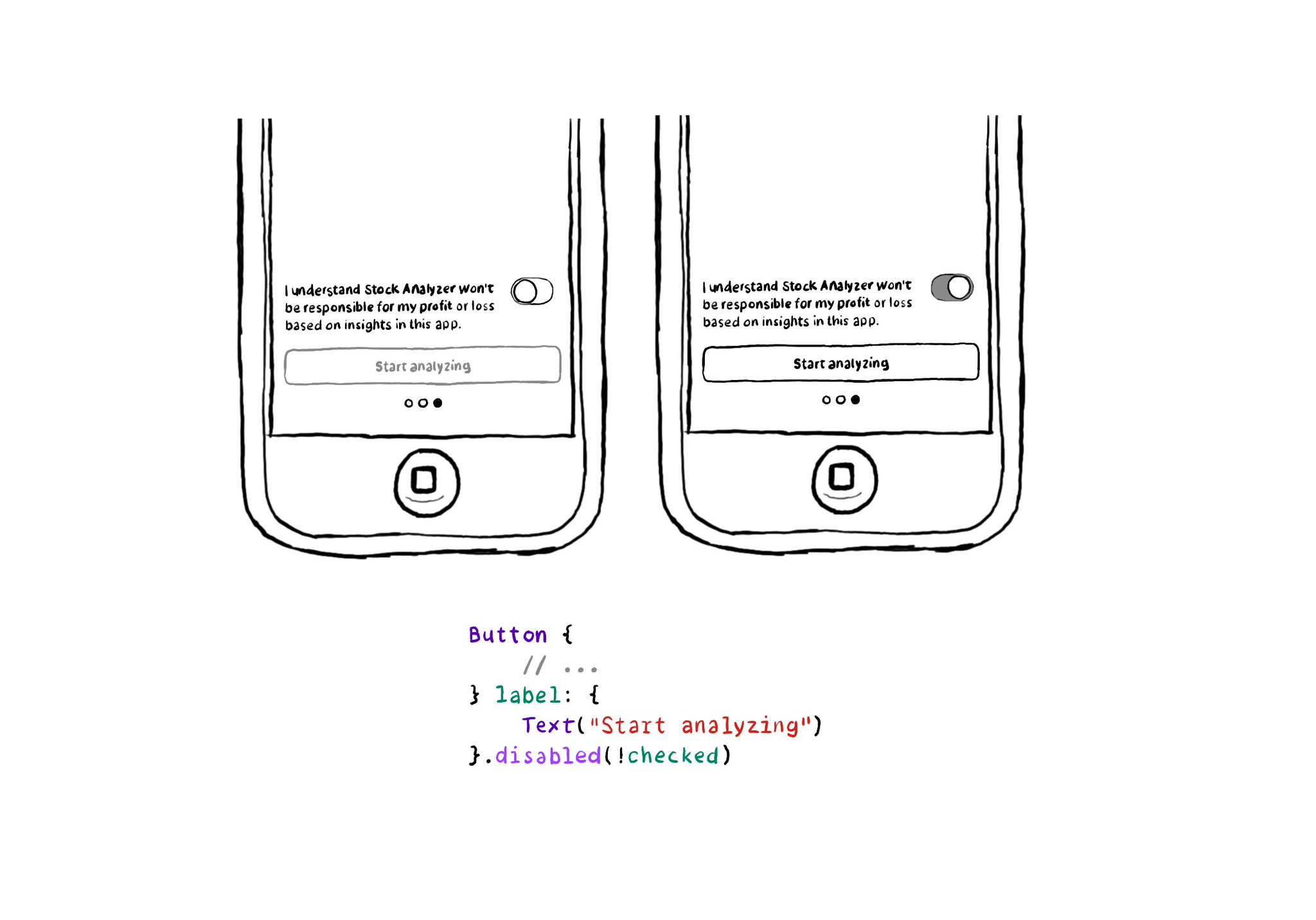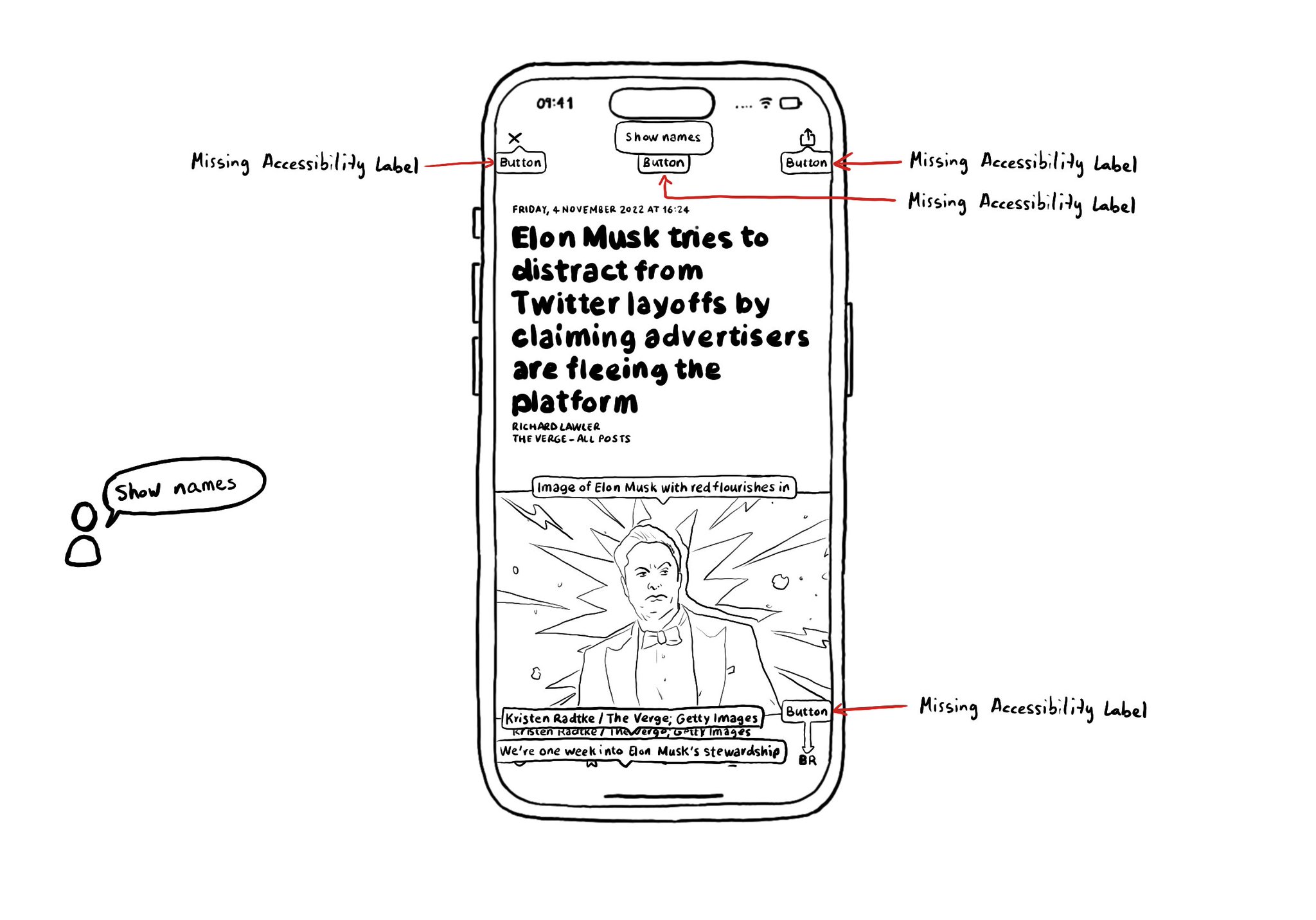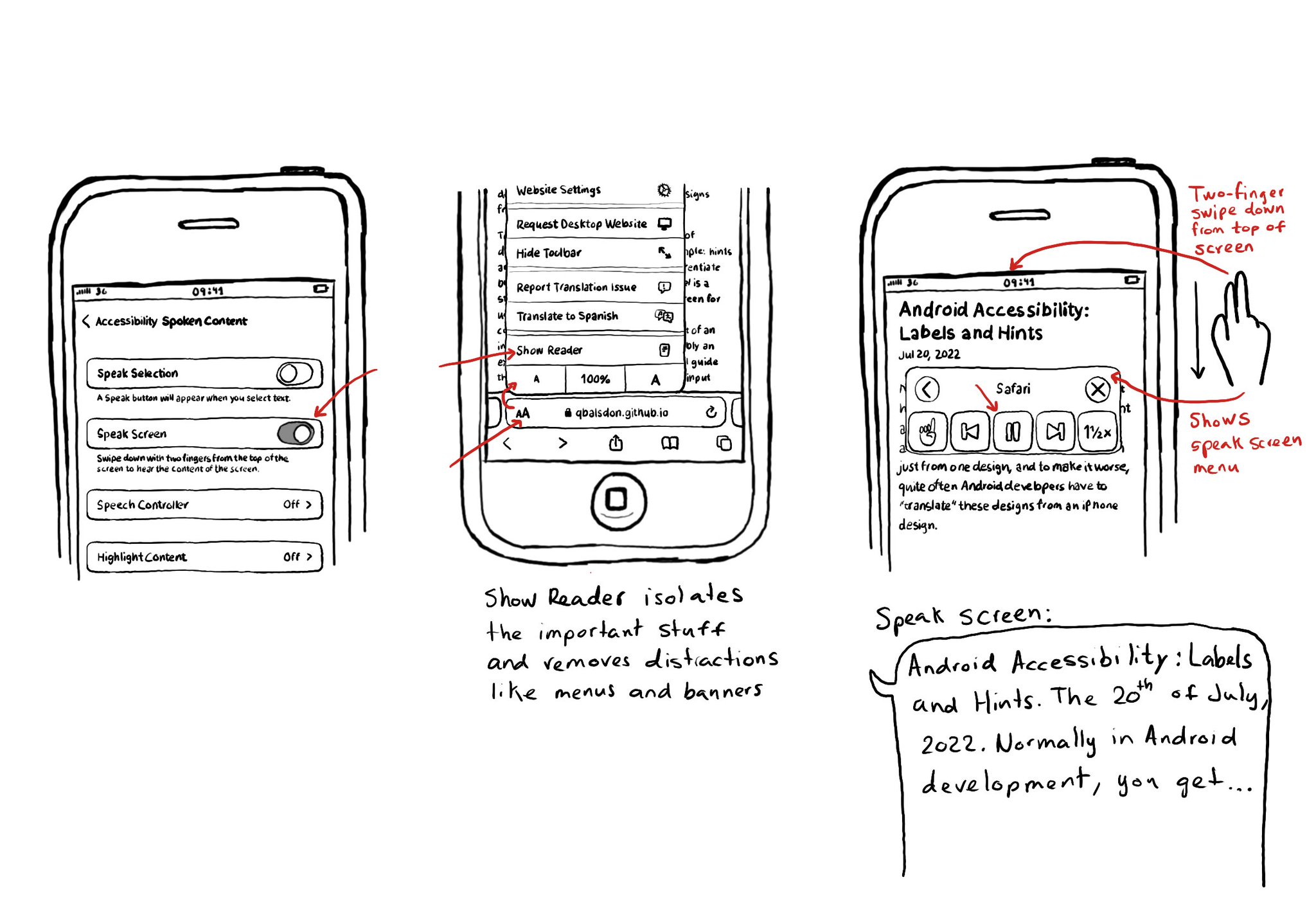In SwiftUI you won't find the .notEnabled accessibility trait. Instead, you can just configure a view as such with .disabled(true), and pass false to enable it. VoiceOver will announce it as "dimmed".
https://developer.apple.com/documentation/swiftui/view/disabled(:)

You may also find interesting...

When using Voice Control, say: "Show names". You'll see all the accessibility labels for interactive elements overlaid on the screen. It will help you identify labels that can be improved, or actually missing. Labels are not just for VoiceOver.
Looking at how to implement the magic tap in SwiftUI? There is an accessibilityAction(_:_:) with an action kind parameter, you can pass .magicTap, and a closure to handle that action. A reminder of what the magic tap is: https://x.com/dadederk/status/1548791545800888322?s=20&t=ZakzzXNfLk0-2kpYqD5v3A

Today I want to share something I use a lot. You can convert any article into a “podcast” by enabling Speak Screen in Accessibility Settings, switching to Safari’s Reader Mode and swiping down with two fingers from the top of the screen. I think it is a good example of how if we all knew more about how to use the assistive tech available in iOS, we would find ourselves using more of them, more often, exemplifying quite well that accessibility benefits everyone.